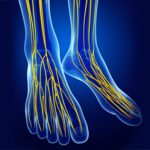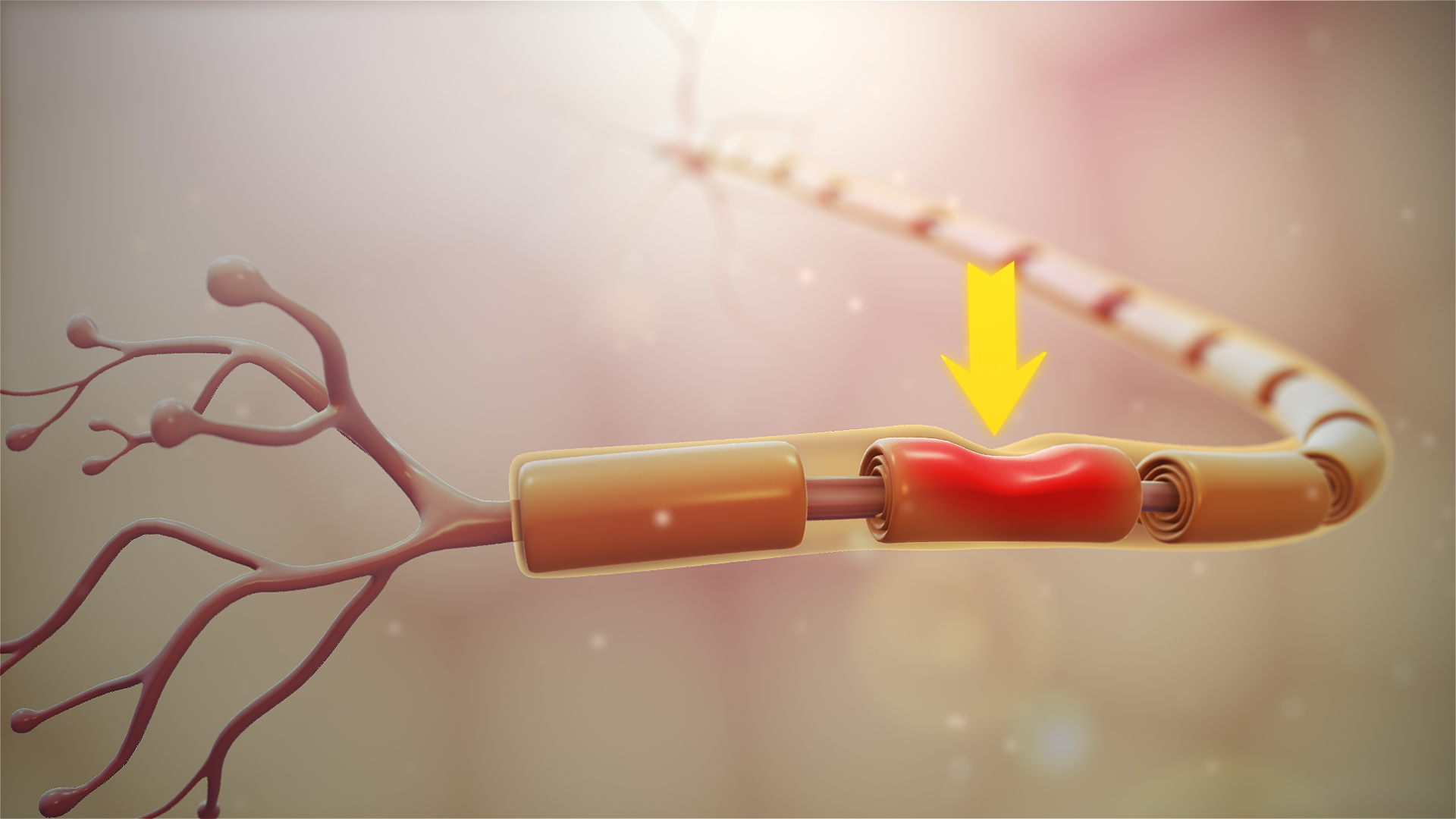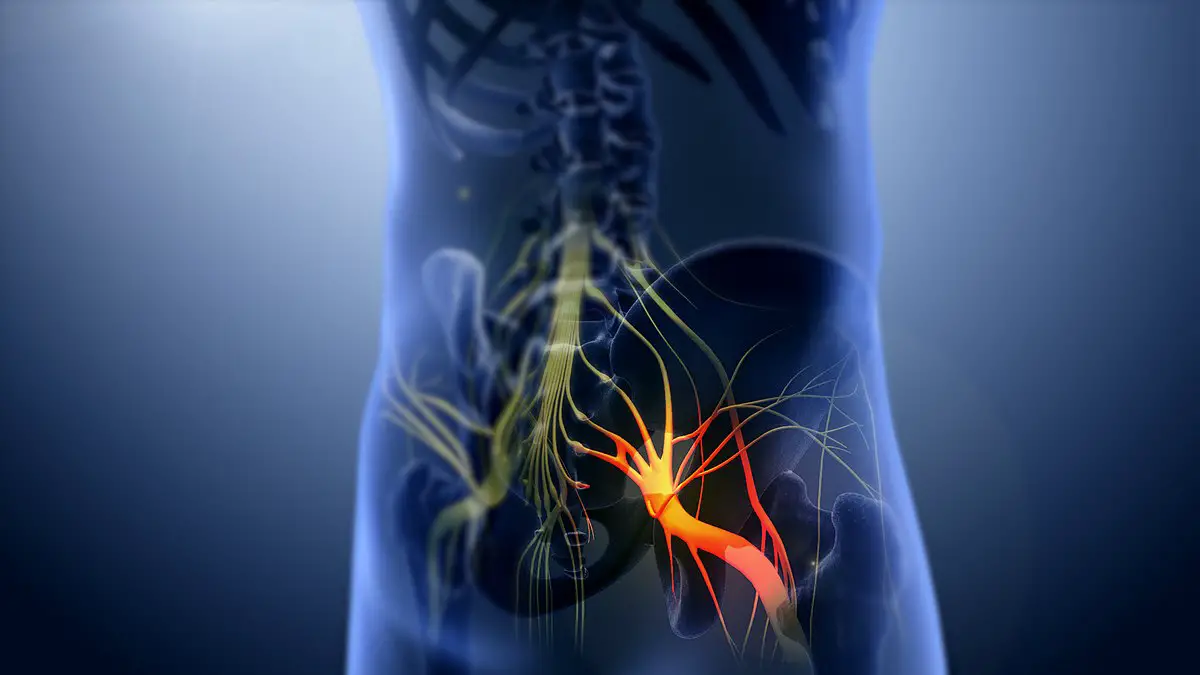La sciatica is a neuralgia disturbing and sometimes disabling. It mainly affects people between the ages of 35 and 50. There are many treatments to relieve sciatica. In this article, we will focus on the natural means available.
Definition and anatomy
La neuralgia of sciatic nerve is defined by pain related to the eponymous nerve: the sciatic nerve. We often use the term " sciatica "But" sciatica would be more appropriate to designate this problem. It's not really a disease. Rather, it is a manifestation of the compression of sciatic nerves.
The sciatic nerves, meanwhile, are mixed nerves, that is to say sensory-motor. They transmit sensory and motor information from the lower limbs. They walk through the 2 lower limbs.
Let's talk a little more about the sciatic nerve
Among the nerves of the body, the sciatic nerve is the bulkiest, as it is both the greatest in length and in thickness.
For a better understanding of a sciatic nerve, we are going to remind you of a few notions anatomy.
First of all, we know that the spinal cord, part of the central nervous system, is housed in the spine ou spine. The game basse and mobile of the latter is called " Lumbar spine "or spine" lumbosacral ". This, like the entire spinal column, is made up of vertebrae interconnected.
The lumbar spine has 5 of them. And between each of them, there are holes called " foramina », through which come out nerve roots. These will join with other nerves to form what is called a plexus. Those of sciatic nerves are located at the level lumbar, more exactly, between the 4e and 5e lumbar vertebrae (L5 root) and between the 5e vertebrate lumbar and the 1Features sacral vertebra (root S1).
We therefore find the sciatic nerve, which originates at the level of lumbar, first behind the gluteus maximus muscle, between the gastrocnemius muscles and also the quadratus femoris. It then goes through the set of each of the legs.
The extent of its volume, its ramifications as well as their routes multiply the possibilities of damage to the sciatic nerve. We talk about irritation, compression, inflammation, sensitization or even lesion. This is also the reason why they can be subject to many problems at the origin of various pathologies. The most common is the sciatica herself.
How to recognize sciatic pain?
It is manifested by pain more or less intense, which can be felt along the path of the nerves, that is to say at the lumbar level, up to the tips of the feet. But that's the lower back pain (lower back) which are the most common. We are talking about lumbosciatica.
The symptoms differ from one individual to another. They boil down to pain, sensory symptoms (paraesthesia, tingling) and motor symptoms (decreased mobility). In the worst case, reaching the sciatic nerves can become paralyzing. Sometimes she makes supersensitive (hyperalgesic sciatica). The sciatica can also be associated with cauda equina syndrome, which is explained by damage to other nerve roots.
Sciatica: the risk factors
The main causes et risk factors problems of sciatic nerves are :
- la herniated disc ;
- osteoarthritis;
- le vertebral compaction ;
- the pregnancy ;
- congenital conditions resulting in spinal stenosis ;
- facet syndromes and piriformis syndromes;
- trauma and accidents: fractures, dislocations (particularly those in the hip and pelvis);
- medication injection errors…
To know everything about the sciatic nerves and for more information, click here.
Patients have the choice between medical treatments and natural solutions. On average, it takes 3 weeks to observe healing.
Medical treatments for sciatica
If you go to the doctor, here are some solutions he can offer you to relieve sciatica.
Medication
They help soothe ailments. Often prescribed analgesics. Their type and levels depend on the intensity of the pain: paracetamol is appropriate for moderate pain. If it does not work, we resort to codeine or morphine.
The nonsteroidal anti-inflammatory drugs (or NSAIDs such as ibuprofen, voltaren) and muscle relaxants also bring great relief.
Epidural injections or corticosteroid injections
These methods calm the pain for a longer period of time. Their effects last for more than 3 weeks.
Exercises and physiotherapy
In addition to relieving pain, they also help to treat certain origins of the problem. Physiotherapy is especially recommended after the acute phase of sciatica.
Surgery
It is necessary in the most serious cases: those which are not resolved by medication. It is then performed in the case of paralysis, cauda equina syndrome and especially if the disease persists and returns or reappears several times.
In the event that the sciatic nerve neuralgia comes from other pathologies, such as osteoporosis or other syndromes, it is best to take treatments to resolve the background of the disease.
Natural solutions to relieve sciatica
Against sciatica pain, natural strategies are popular because they have the advantage of being accessible and easy to apply. In addition, their harmful effects are less compared to synthetic drugs.
Here are the main natural remedies and grandma's remedies most famous for relieve sciatica.
The application of hot or cold
Both have an action analgesic. Cold reduces inflammation while heat calms muscle spasms associated with sciatica. Thus, it is preferable to opt for the cold in the case of traumatic sciatic pain and injuries.
You can apply ice, 15 minutes on the top of your buttocks. You can also opt for heat, especially if the origin of the pain is linked to muscle tension. 10 minutes of ice, followed by 10 minutes of hot water bottle, repeated 4 times a day is a great way to temporarily relieve sciatica.
If this treatment does not bring any relief, or on the contrary if it intensifies the pain, it would be better to stop and opt for other strategies.
Osteopathy
It aims to reduce lumbar and pelvic tension, through gentle manipulations. It is advantageous, because the osteopath first researches the painful areas as well as the causes for an optimal and precise treatment. As the treatment progresses, the symptoms decrease and the affected part regains mobility.
Honey
Thanks to its effect anti-inflammatory et calming, it is effective for relieve sciatica. From home remedies for sciatica, it is a perfect ingredient to facilitate the assimilation of active ingredients. This is why some recipes associate it with garlic and milk for more efficiency.
The garlic clove
There is also a powerful anti-inflammatory. Its power is also attributed to its richness in trace elements including sulfur and selenium. Garlic is a great help with back pain and sciatica pain.
Apple cider vinegar
It also acts as anti-inflammatory. It contains essential acids, enzymes and also minerals like potassium. In addition, it eliminates toxins and restores the acid-base balance of the body to provide interesting protection against inflammation.
To take advantage of its benefits against sciatica, just dilute 2 glasses in 10 liters of hot water and add a little salt. You have to put everything in a tank. All you have to do is dip your feet into it. It is also possible to use it during the bath so that the whole body benefits from the benefits of this remedy.
Arnica
This mountain perennial herb is effective against all types of inflammatory pain, muscle aches and contractions caused by the sciatica.
Other anti-inflammatory herbs
We can cite the willow, sapwood de lime tree, Black radish, artichoke, nettle, wintergreen and pepper mint. To relieve the sciatica, they can be used in the form of herbal tea or locally applied as a poultice.
However, to facilitate their use, there are now oils (massage oils, essential oils), gels, natural ointments based on some of these plants, available from pharmacies.
As a precaution, it is still necessary to check the labels carefully in order to choose those that have the highest concentrations of these plants.
Although the scientific evidence supporting the effectiveness of these natural strategies are insufficient, significant relief is often observed after their use, in the majority of cases.
However, these remedies do not in any way replace medical treatments. You should always seek the advice of your doctor or your osteopath. In any case, if the symptoms persist or worsen, you should consult a doctor as soon as possible.









